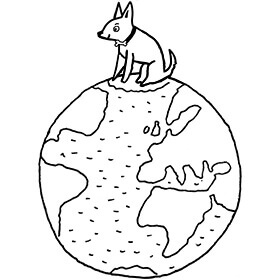-

Your Shopping Bag is empty

The Responsible Choice
Buying antique jewellery is both ethical and eco-friendly as harmful and destructive mining processes are not needed to make an item yours.
Find Out More

 Free Australia Shipping
Free Australia ShippingA bold pear shaped cabochonA polished, not faceted, dome shaped stone - either round or oval with a flat polished base, primarily used as a cut for phenomenal stones such as cat's eyes and stars.
More garnetDescribes a group of several closely related minerals. Garnets come in a variety of colours, however the most common colour is dark red. In descriptions, ‘garnet’ tends to refer to dark red stones unless otherwise specified. More 15ct62.5% pure gold (or 625 parts pure gold and 375 parts other metals). Popular during the Victorian, Edwardian and Art Deco eras but was discontinued in the mid-1930s. More gold ring. It has a lovely wavy shankThe circle of metal that attaches to the decorative part of a ring and encircles the finger. More which is original. It was made circa 1860 when garnets were highly popular. During that time there was a fashion for jewellery from the sixteenth century called the “Holbeinesque period” after Holbein who was Elizabeth the 1st’s court painter. The predominant colours were red and green that appeared in the garments, the textiles and the jewellery in the form of garnet and emeraldOne of the four ‘precious’ stones. An intense, deep green is the most desirable colour for emeralds. Flaws and cloudiness (‘jardin’) are very common in emeralds, so stones are often oiled, irradiated, and dyed to improve their look. Synthetic emeralds have fewer imperfections and are hard to set apart from natural stones. Emeralds belong to the beryl... More carbuncles.

Buying antique jewellery is both ethical and eco-friendly as harmful and destructive mining processes are not needed to make an item yours.
Find Out More


We always stand by our five core principles:
Quality, Rarity, Expertise, Peace of Mind and Personal Touch